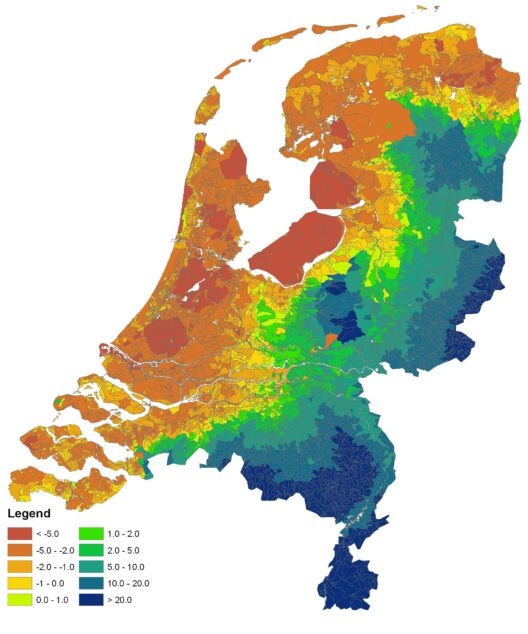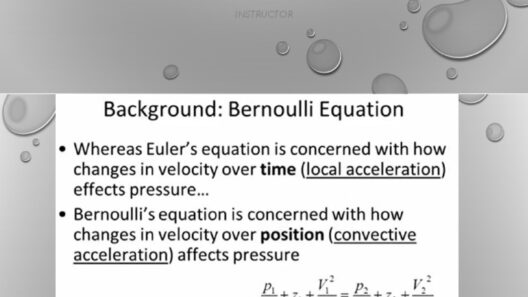Energy conservation embodies a commitment to preserving our planet’s finite resources while ensuring a sustainable future. Imagine a vast, intricate tapestry, each thread representing a different facet of our environment, economy, and society. At the core of this tapestry lies energy—an essential thread that binds them all together. By conserving energy, we strengthen this tapestry, fostering resilience and balance across all elements of life.
Defining energy conservation can begin with the understanding that it is the practice of using less energy to provide the same service. It is akin to navigating through a dense forest, each step taken with intention to minimize disruption to the natural habitat. Instead of indiscriminately consuming energy resources, conservation emphasizes efficiency and mindful usage. This intentionality is crucial to maintaining ecological integrity while addressing pressing global challenges such as climate change and resource depletion.
At its essence, energy conservation can be likened to the prudence of an adept gardener. A gardener understands that the flourishing of plants is not merely about abundant water and sunlight but also about optimal conditions and judicious resource management. In much the same way, consciously choosing how and when to use energy allows for a flourishing environment that can sustain future generations.
The Importance of Energy Conservation
The rationale for energy conservation extends beyond mere economics; it intertwines with environmental, social, and health considerations. Energy production, especially through fossil fuels, invigorates a cycle of pollution that affects air quality, water resources, and the climate. Each kilowatt-hour saved translates to reduced greenhouse gas emissions, akin to freeing a caged bird, allowing wildlife and ecosystems the chance to thrive once more.
Furthermore, energy conservation fosters economic resilience. By reducing energy consumption, households and businesses can lower utility bills, thus reallocating those resources into other vital areas, such as education, healthcare, and community development. This ripple effect not only stimulates local economies but strengthens the social fabric of communities, creating a more equitable society.
In terms of health, the implications of energy conservation cannot be overstated. Reduced reliance on fossil fuels diminishes air pollutants that can exacerbate respiratory illnesses and cardiovascular problems. This is particularly significant for vulnerable populations who suffer disproportionately from environmental degradation. By conserving energy, we take measured strides toward ensuring healthier living environments—a gift to ourselves and future generations.
Techniques for Energy Conservation
Practical strategies for energy conservation can be as diverse as the ecosystems they aim to protect. At an individual level, adopting simple habits can profound impacts. Turning off lights when exiting a room is not just a common courtesy but a fundamental principle of energy conservation—each flick of the switch akin to a responsible choice in the grand tapestry of conservation.
Beyond small everyday actions, technology plays a pivotal role in enhancing energy efficiency. Smart appliances, such as programmable thermostats or energy-efficient lighting, exemplify how innovation intersects with conservation. These tools operate like guardians of our energy resources, optimizing consumption while providing comfort and convenience. Such technology not only alleviates financial burdens from energy costs but also reduces the wear on natural resources.
On a larger scale, institutional policy and community initiatives are crucial. Energy audits and sustainability programs can guide cities and organizations toward optimizing their energy use, much like a seasoned maestro conducting a symphony of resources. Enabling communities to invest in renewable energy sources, like solar and wind, further propels the energy conservation narrative by reducing reliance on diminishing fossil fuels.
The Psychological Aspect of Energy Conservation
Interestingly, the dynamics of energy conservation are not purely technical or economic. Behavioral psychology significantly influences how individuals and societies perceive and act upon conservation principles. The metaphor of the proverbial “low-hanging fruit” comes to mind, as small changes often yield substantial results. However, what drives people to rally behind energy conservation initiatives?
Awareness plays a paramount role. Educating communities about the consequences of energy consumption—illustrating vivid images of climate disruption, wildlife extinction, and resource scarcity—can illuminate the path toward proactive engagement in conservation efforts. Social networks can also serve as catalysts for change, as individuals witnessing peers make environmentally conscious choices are more likely to adopt similar behaviors.
Conclusion: Energy Conservation as a Collective Endeavor
As we journey through this complex web of energy usage and conservation, it becomes clear that collective action is paramount. The threads of the conservation tapestry can only strengthen when woven together through community spirit, innovative technology, sound policy, and individual commitment. By embracing energy conservation, we not only safeguard our environment but also pave the way for a brighter, more sustainable future. Each decision, no matter how minor it may seem, contributes to the collective strength of this intricate tapestry, illustrating the unique appeal of energy conservation. With each mindful choice, we can preserve our planet’s resources and enhance the vibrancy of life for generations to come.








